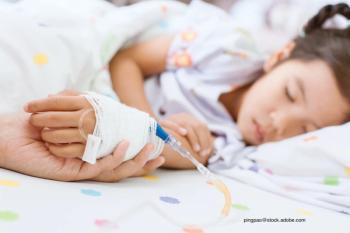
Sometimes Kawasaki disease doesn’t respond to treatment. An investigation looks into whether a second course of standard treatment performed better than treating with infliximab.

Sometimes Kawasaki disease doesn’t respond to treatment. An investigation looks into whether a second course of standard treatment performed better than treating with infliximab.

A female aged 13 years with morbid obesity and recent hospitalization for pyelonephritis presents with abdominal pain, tachycardia, and shortness of breath. What's the diagnosis?

A research letter offers some of the first data on the long-term outcomes of the first children diagnosed with multisystem inflammatory syndrome in children (MIS-C).

A study examines whether a positive test for bronchiolitis increases morbidity or mortality in patients undergoing cardiac surgery.

Sleep apnea is linked to hypertension in adults. A report investigates whether this link exists in childhood obstructive sleep apnea.
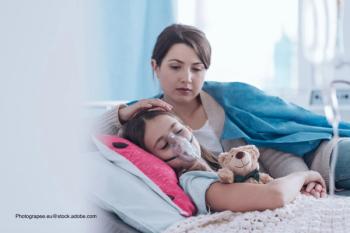
An investigation offers insights on clinical manifestations of multisystem inflammatory syndrome in children (MIS-C) as well as information on geographic distribution.
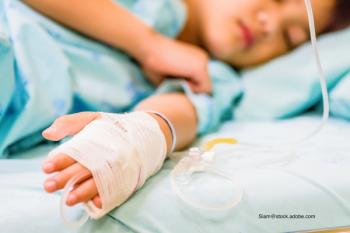
Given the high prevalence of Kawasaki disease during the pandemic, Japanese investigators determined that droplet or contact transmission of pathogens is likely not a major route causing the development of the disease.
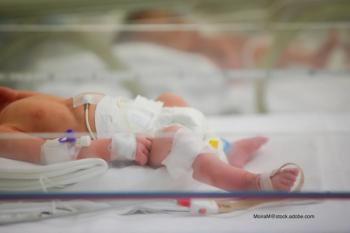
A higher risk of adult-onset heart failure was found in this Swedish study that investigated its association with singleton live births before 37 weeks gestation.

The US Food and Drug Administration (FDA) has given the stamp of approval for Harmony Transcatheter Pulmonary Valve System, a first in the world device to treat congenital heart defects.

A case series offers insight on how to separate multisystem inflammatory syndrome in children (MIS-C) and severe acute coronavirus 2019 disease (COVID-19).
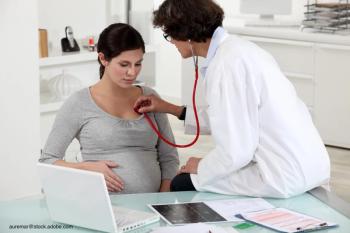
A report adds cardiovascular health in pregnancy as another determining factor of a child’s future health.
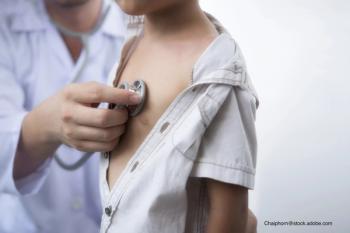
An investigation provides much needed data on mental health issues in patients with congenital heart disease.

Many things in childhood can have a lifelong impact. A new study sheds light on how peer marginalization can impact cardiovascular outcomes in adulthood.
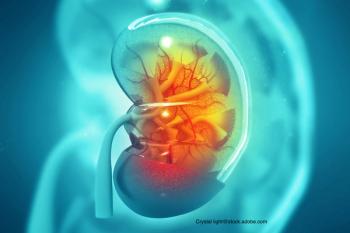
Dialysis can help extend the life expectancy of patients with kidney disease, but it also has an impact on mortality. A new study looks at how cardiovascular mortality trends have changed for patients on dialysis.

Children zoom all over the place in their play. A new meta-analysis looks at how the cardiorespiratory fitness from that running could impact later life health.
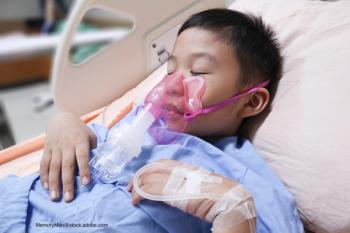
The American Academy of Pediatrics (AAP) has released interim guidance for multisystem inflammatory syndrome in children (MIS-C).
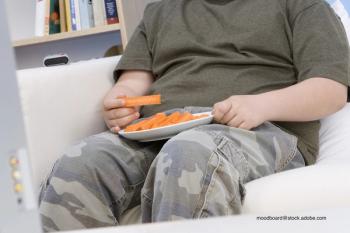
The factors tied to cardiometabolic risk factors and adiposity are myriad. A report examines whether following guidelines can help reduce the risks.

Children who at first did not appear to contract COVID-19 have been found to exhibit a more serious illness that has now been reported worldwide. Two experts offer guidance on recognizing and treating multisystem inflammatory syndrome in children (MIS-C).
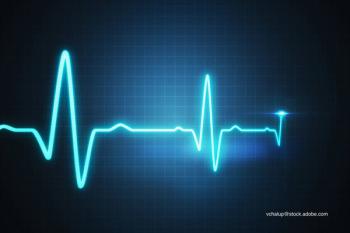
Overweight and obesity issues have been suspected of increasing cardiometabolic risk in children. A new study investigates.
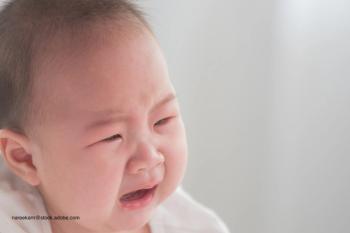
A 7-month-old male with severe hemophilia A (less than 1% factor VIII [FVIII] activity) presented to his pediatrician with fussiness and inability to sleep for 3 days. He had received his influenza vaccine 3 days earlier. What's the diagnosis?

Since late April, more and more cases of multisystem inflammatory syndrome in children (MIS-C) have been found around the United States. A report from Italy provides more information on how it differs from Kawasaki disease.

Children with certain conditions are living years or decades longer than they previously could, thanks to medical advances. A new investigation looks at the long-reaching impact of congenital heart surgery.

Many young athletes are interested in resistance training, and a policy statement update from the American Academy of Pediatrics (AAP) addresses how they can safely participate.
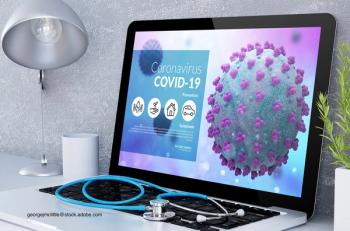
Researchers looked at a series of patients who had COVID-19 and multisystem inflammatory syndrome in children (MIS-C) and were admitted with cardiac involvement.
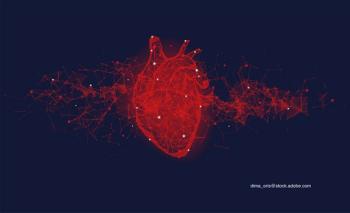
A new study examines whether dexrazoxane provides cardiac protection in pediatric patients with acute myeloid leukemia (AML).